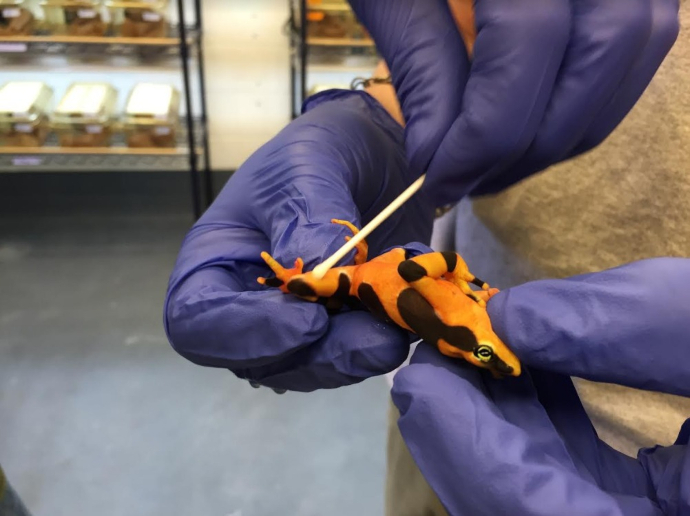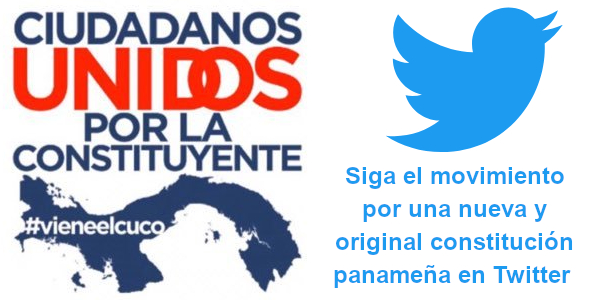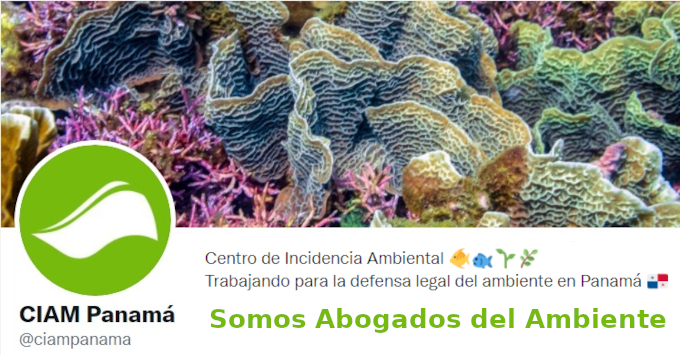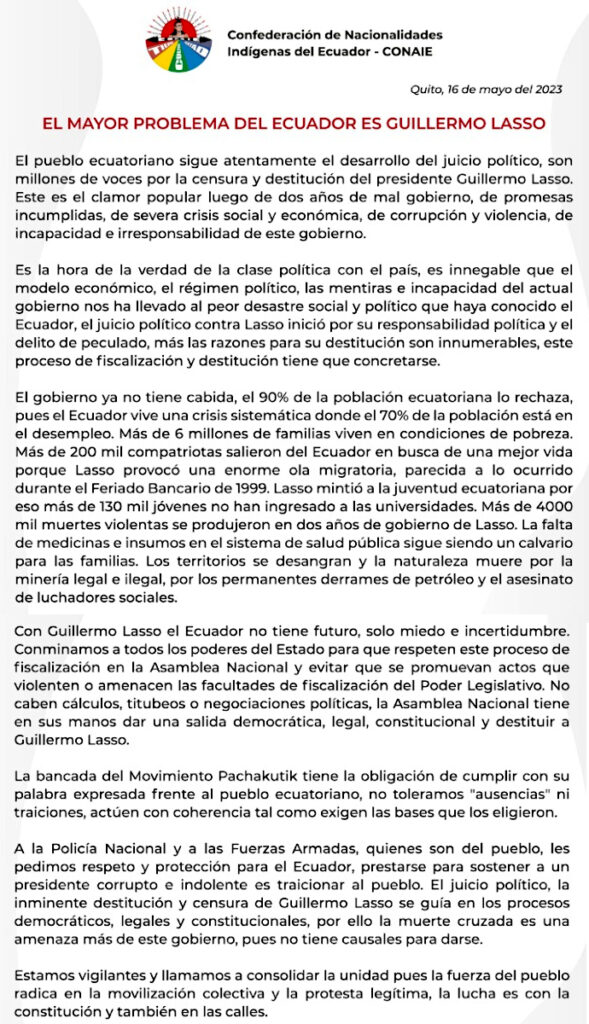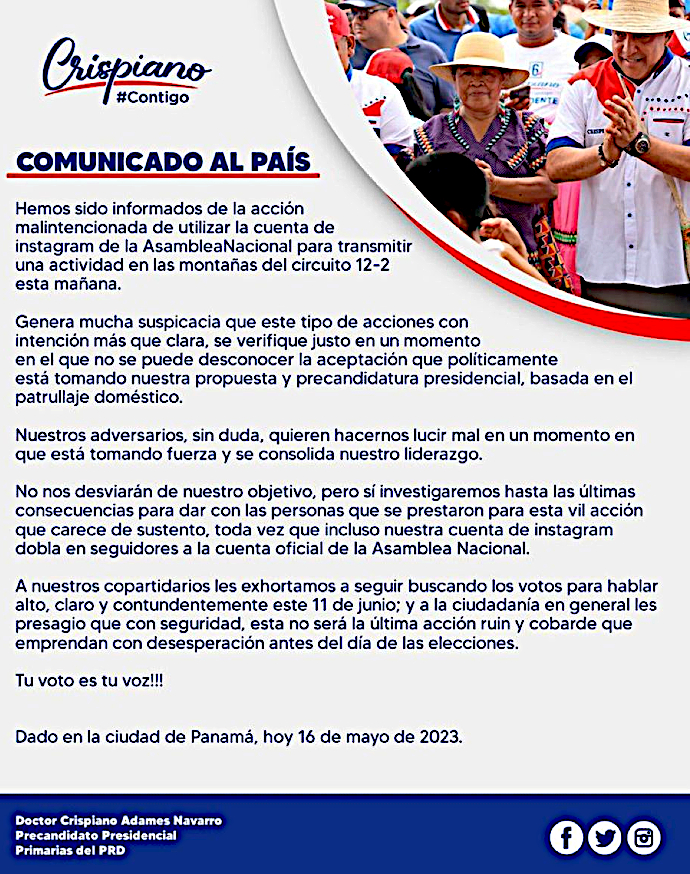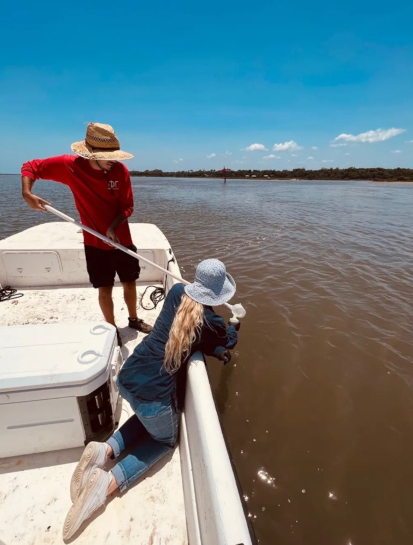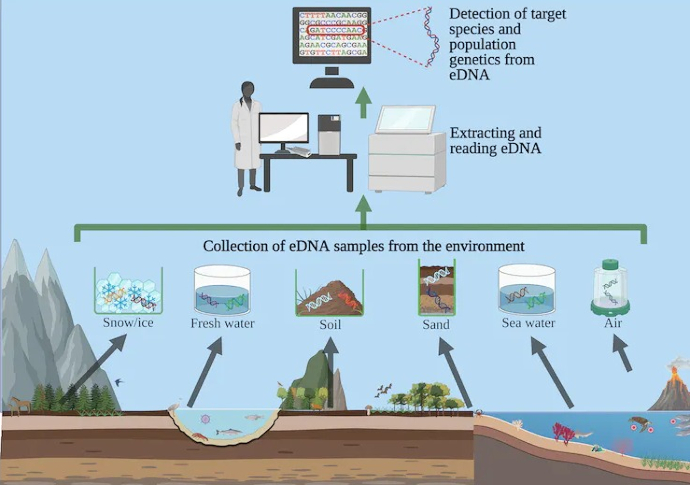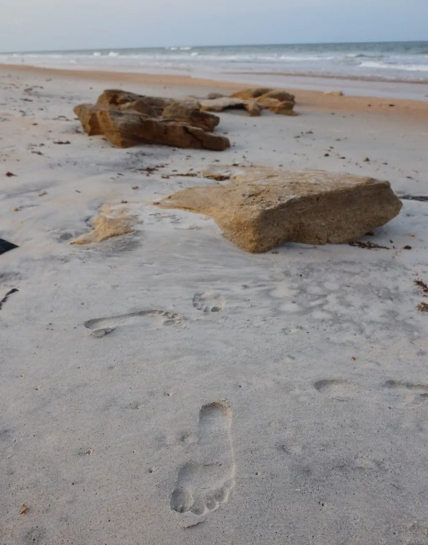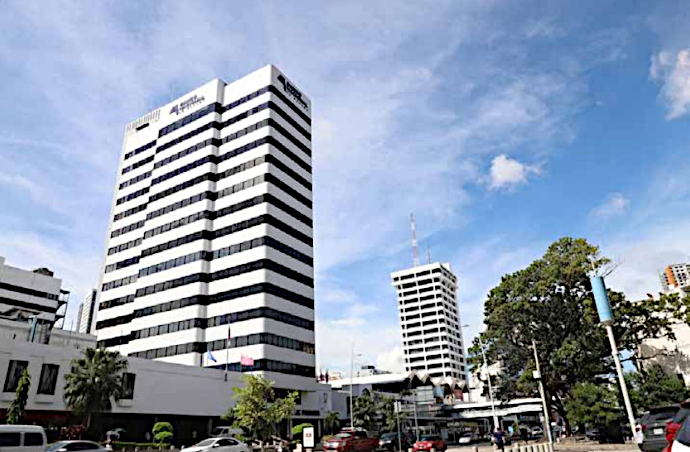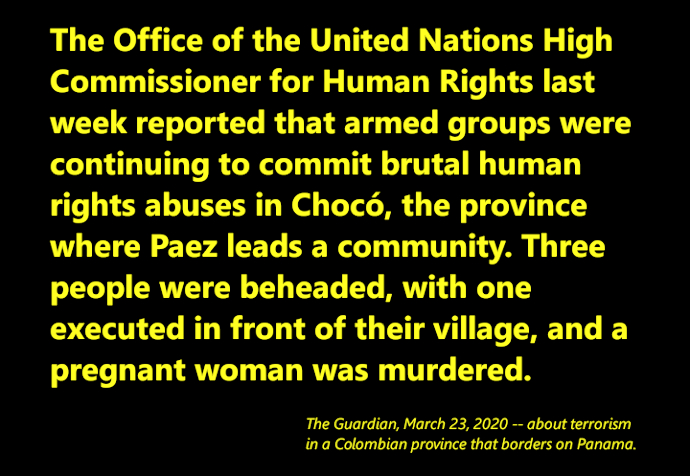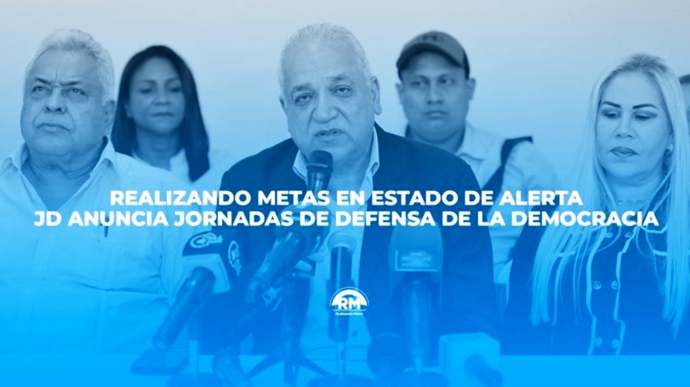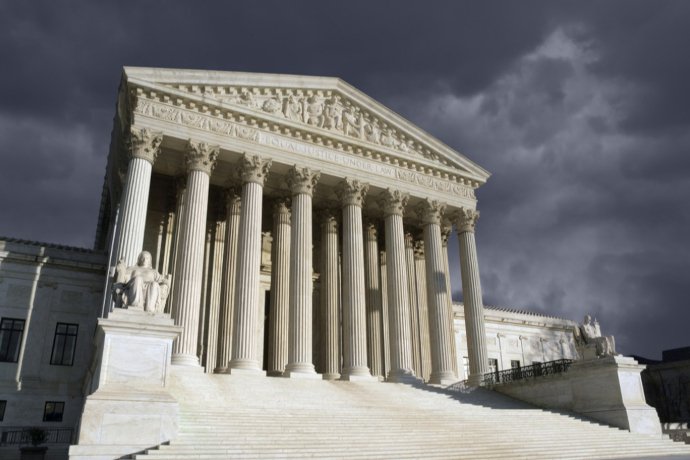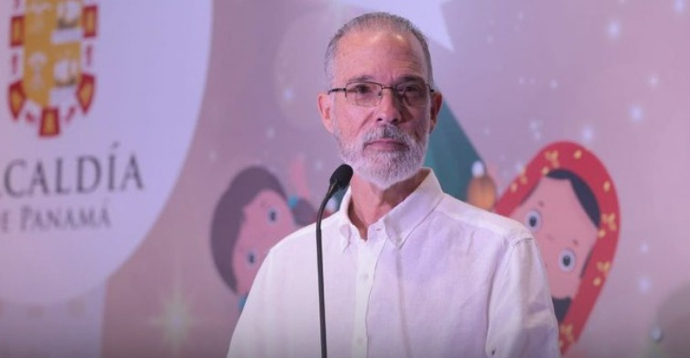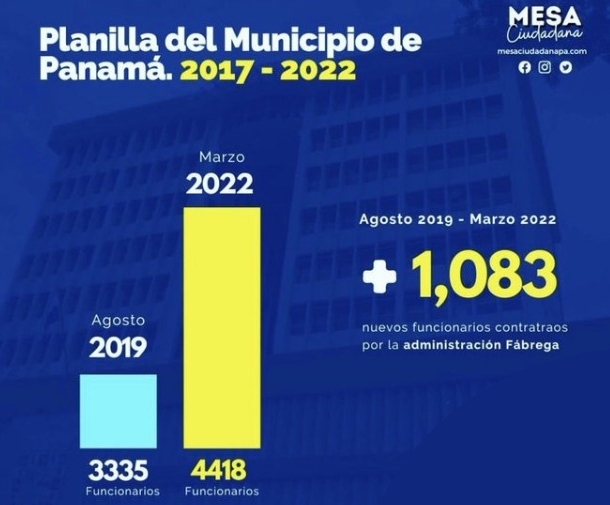“Landfills not only contribute to climate change, but they disproportionately impact low-income neighborhoods forced to live near dumps,” said the co-author of a new report. Above we see a gas flare at a landfill site in Kirtland Woods, Ohio. The landfill was closed in 1993, the photo was taken in 2019 and the buried rotting garbage still gives off methane gas. Cropped from a Wikimedia photo by Vince Reinhart.
Environmental Protection Agency fails to address
massive methane emissions from US landfills
by Brett Wilkins – Common Dreams
Methane emissions from US municipal landfills—collectively, one of the nation’s largest sources of the planet-heating greenhouse gas—could be reduced if the Environmental Protection Agency enacted “strong new regulations,” a report released Thursday argues.
The report—entitled Trashing the Climate: Methane From Municipal Landfills—was published by the Environmental Integrity Project (EIP), a Washington, DC-based nonprofit. The publication notes that “more than 1,100 municipal landfills emitted at least 3.7 million metric tons of methane in 2021, which had the climate-warming impact of 66 million gasoline-powered vehicles driving for a year or 79 coal-fired power plants.”
“To reduce this major but little-discussed source of potent greenhouse gases, EPA must impose regulations that mandate more gas-collection systems at landfills, require more monitoring and accurate reporting of methane emissions, and encourage more composting, recycling, and reduction in the waste stream by consumers,” the paper asserts.
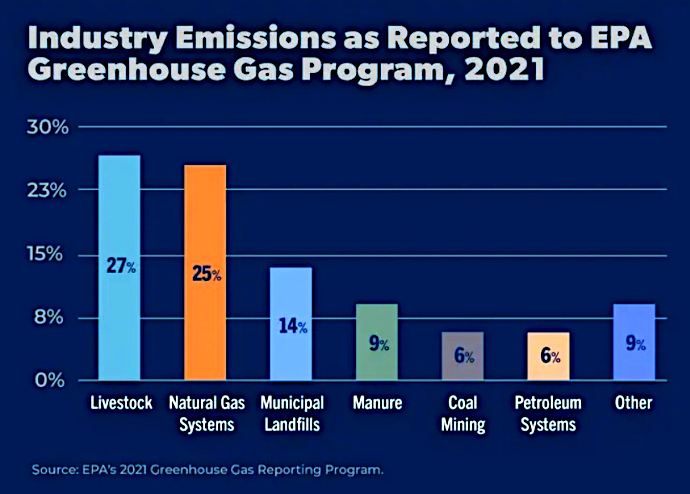
Methane—which has more than 80 times the warming power of carbon dioxide during its first two decades in the atmosphere—is emitted from landfills primarily due to rotting food waste. Americans throw away about 40% of their food, and US food waste soared by 70% between 1990 and 2017, according to the report.
EIP also found that “municipal waste landfills are often located in communities where residents are people of color or have lower incomes.”
“Fifty-four percent of the landfills reporting to EPA’s greenhouse gas database are surrounded by communities, within a one-mile radius, that exceed national averages for people of color or residents considered low-income,” the report notes.
The publication continues:
In Uniontown, Alabama, a community that is 98% Black and 64% below the poverty line, neighbors complain about odors, nausea, headaches, and other illnesses from a landfill that receives 93% of its garbage from out of state. In the Curtis Bay and Brooklyn neighborhoods of Baltimore, a community that is 60% Black or nonwhite Hispanic, a nearby landfill owned by the city is one of the top methane emitters in Maryland.
EIP ranked the 10 leading methane-emitting landfills in 2021, the most recent year for which data is available. Sampson County Landfill in Roseboro, North Carolina tops the list with 32,983 metric tons of methane released—more than 10 times the average landfill.
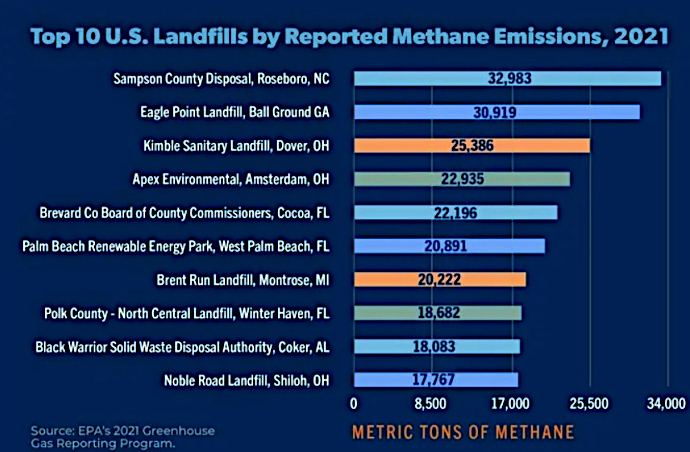
Another problem highlighted in the report is that “EPA’s greenhouse gas numbers and information database are not based on pollution monitoring or sampling. Instead, all data on methane and other greenhouse gas emissions from landfills are estimated using mathematical formulas that likely lowball the real numbers.”
Last year, EIP sued the EPA, alleging the agency underreported landfill pollutant levels due to outdated estimation methods.
“EPA is failing to adequately control methane from landfills, a huge source of greenhouse gases, and we can no longer ignore this problem with the climate crisis heating up ,” EIP senior attorney and report co-author Leah Kelly said in a statement Thursday. “Landfills not only contribute to climate change, but they disproportionately impact low-income neighborhoods and communities of color forced to live near dumps.”
In order to tackle methane pollution from landfills, the report recommends:
• EPA should issue strong new regulations that require more landfills to have methane collection systems and follow better operational standards to make sure these systems really work to reduce pollution;
• EPA should require the direct measurement of methane from landfills through new technology, including ground-based monitors and aerial monitoring systems;
• EPA should improve reporting requirements for landfills across the USA and establish a uniform method for estimating emissions from dumps;
• The federal government and states should encourage consumers and municipal governments to do more composting and recycling and waste less food; and
• Waste incineration should not be considered as a potential solution because it produces toxic air pollutants that tend to harm nearby low-income and minority communities.
“The US must reduce landfill methane, but it must do so without increasing toxic pollution in the air that people breathe and without further threatening the health of low-income communities and communities of color,” the report concludes. “Composting and improved pollution controls are solutions to the problem of landfill methane. Incineration is not a solution; it is exchanging one problem for another.”
Contact us by email at fund4thepanamanews@gmail.com
To fend off hackers, organized trolls and other online vandalism, our website comments feature is switched off. Instead, come to our Facebook page to join in the discussion.
These links are interactive — click on the boxes






